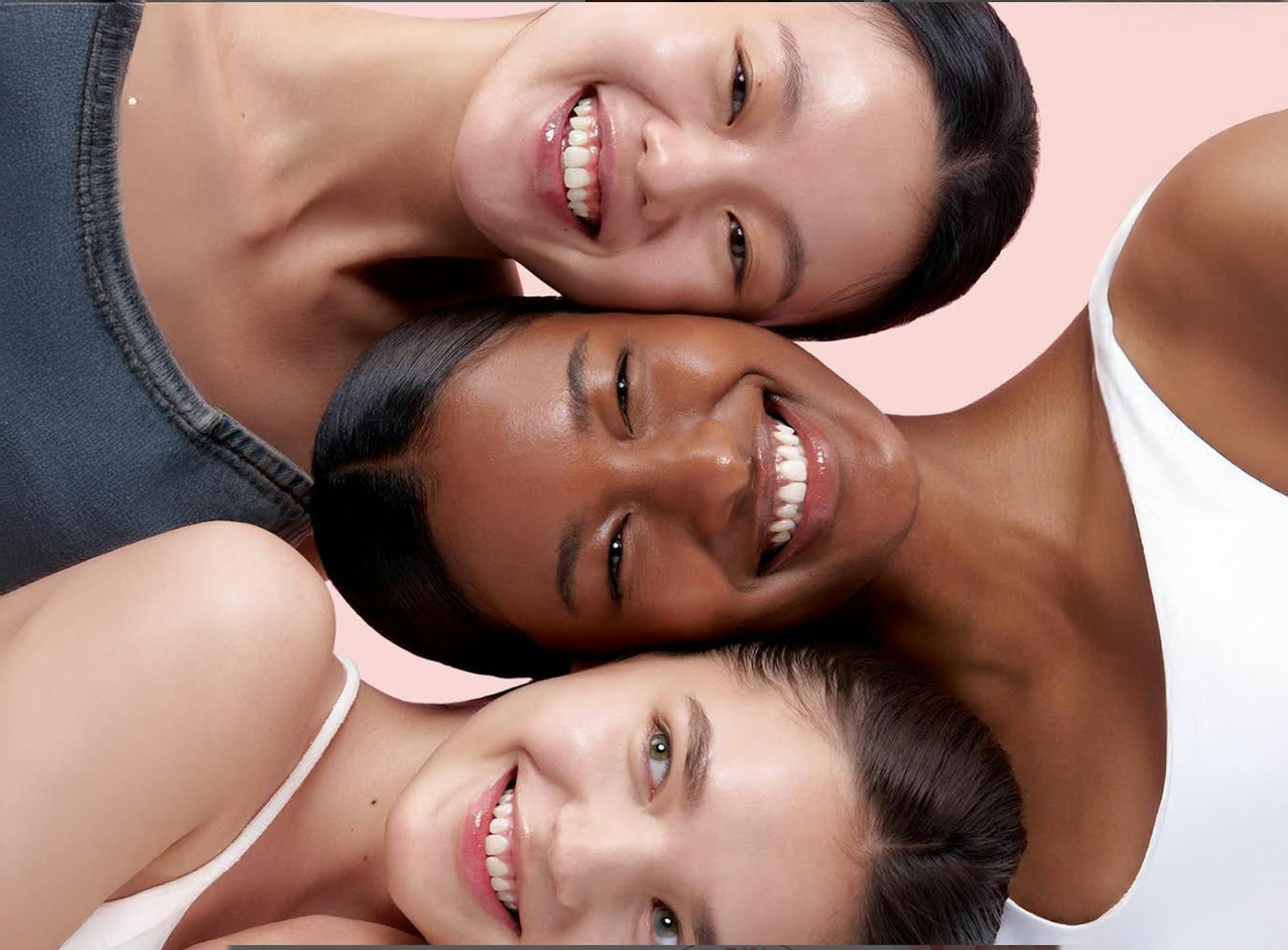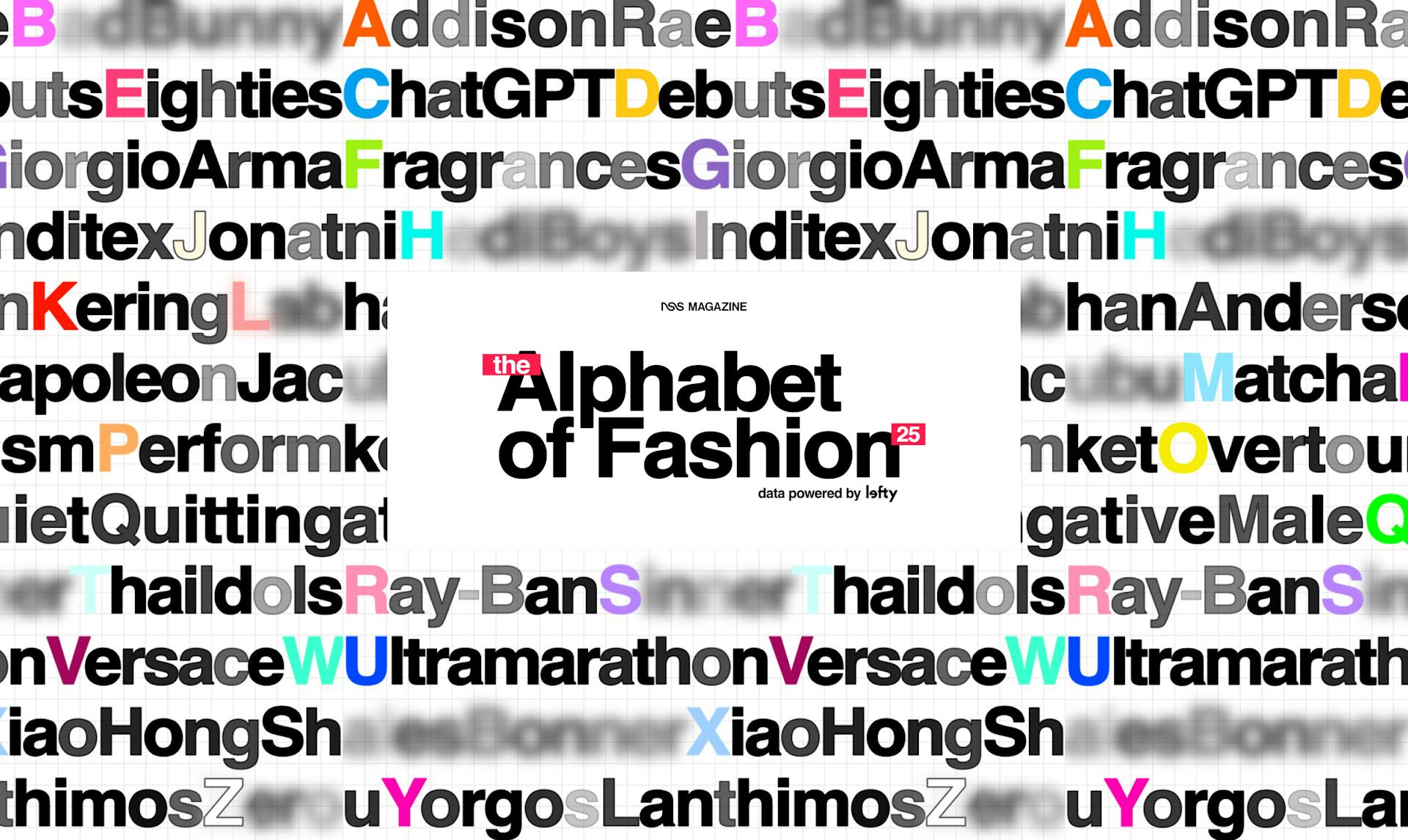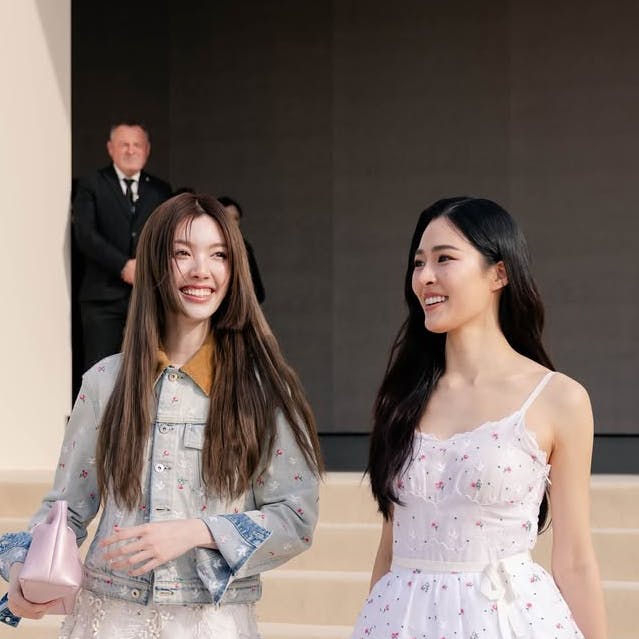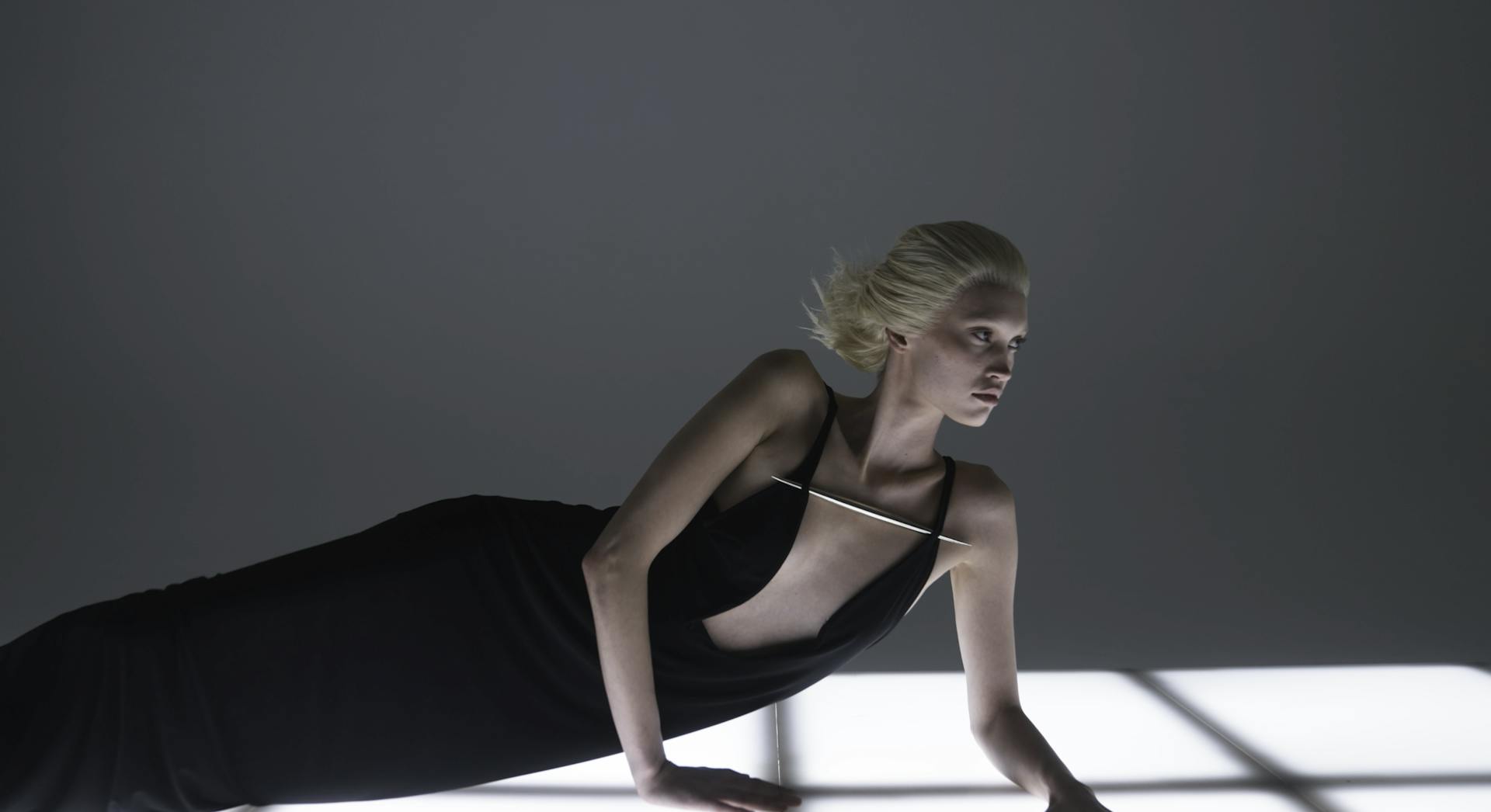A strategic analysis of how influencer behavior and platform trends are reshaping beauty and wellness marketing in early 2025
In Q1 2025, the influencer marketing landscape evolved dramatically across the beauty and wellness sectors. While platform share and EMV metrics offer the quantitative view, this blog focuses on what those numbers actually mean for brand marketers. By going beyond the data found in the industry report, we explore the narrative behind the shifts—what brands did differently, which creator strategies stood out, and how these trends will inform Q2 planning and beyond.
From TikTok's growing role in discovery to the rise of mid-tier influencers as conversion drivers, we offer strategic insights, brand case studies, and actionable takeaways that distinguish this post from the full Q1 2025 report. This article is crafted for marketing teams, digital strategists, and influencer marketing managers seeking guidance from one of the leading influencer marketing platforms for lifestyle brands.
What’s Driving Change in 2025?
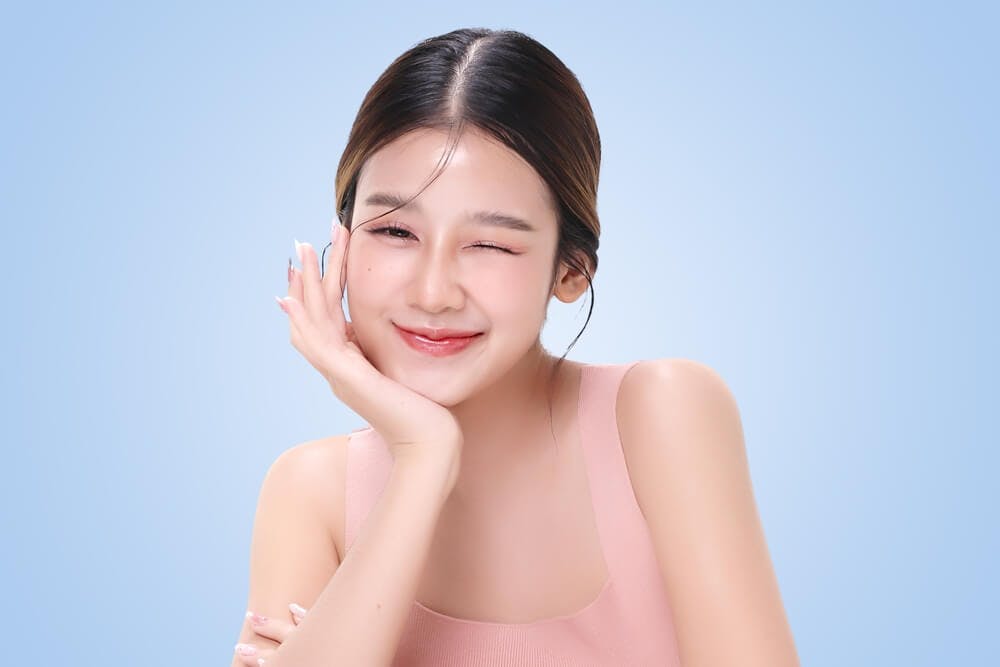
Brands are no longer just casting for visibility across all three verticals: K-Beauty, Clean Beauty, and Supplements. They’re optimizing for trust, niche alignment, and ROI. The growth of affiliate programs, wellness-focused micro creators, and always-on campaigns marks a broader shift in how influencer marketing is operationalized.
Three macro trends stood out this quarter:
- TikTok is no longer just a discovery tool—it’s an ROI engine for younger, product-led brands
- Mid-tier creators are outperforming mega influencers in both engagement and conversions
- Wellness segmentation (e.g., gut health, mental clarity, sleep) is changing how supplement brands cast and message
These shifts reflect a broader move toward data-driven influencer marketing and highlight the need for platforms like Lefty that offer influencer discovery, campaign management, and real-time analytics in one place.
Why TikTok is Reshaping K-Beauty
TikTok nearly doubled its share of voice for K-Beauty year-over-year, signaling a changing tide. Newcomers like TirTir and Anua didn’t just grow fast—they leapfrogged legacy brands by mastering short-form storytelling. Their strategy? Activate mega influencers around one or two hero products and let TikTok’s algorithm do the rest.
But TikTok isn’t just helping brands grow—it's changing the aesthetic language of beauty content. Instead of polished tutorials, raw, results-driven formats are winning. This is especially true in skin transformation videos, where visible results drive trust more than brand reputation.
What This Means for Brands:
- Focus on 1–2 breakthrough products per campaign
- Choose creators with proven short-form performance, not just large followings
- Invest in “day in the life” and routine-style content to build product credibility
- Use an influencer marketing platform to test and track content by platform, product, and creator type
Discover K-Beauty Creators
Explore the top Korean beauty influencers reshaping the industry.
Discover the listClean Beauty's Shift Toward Conversion
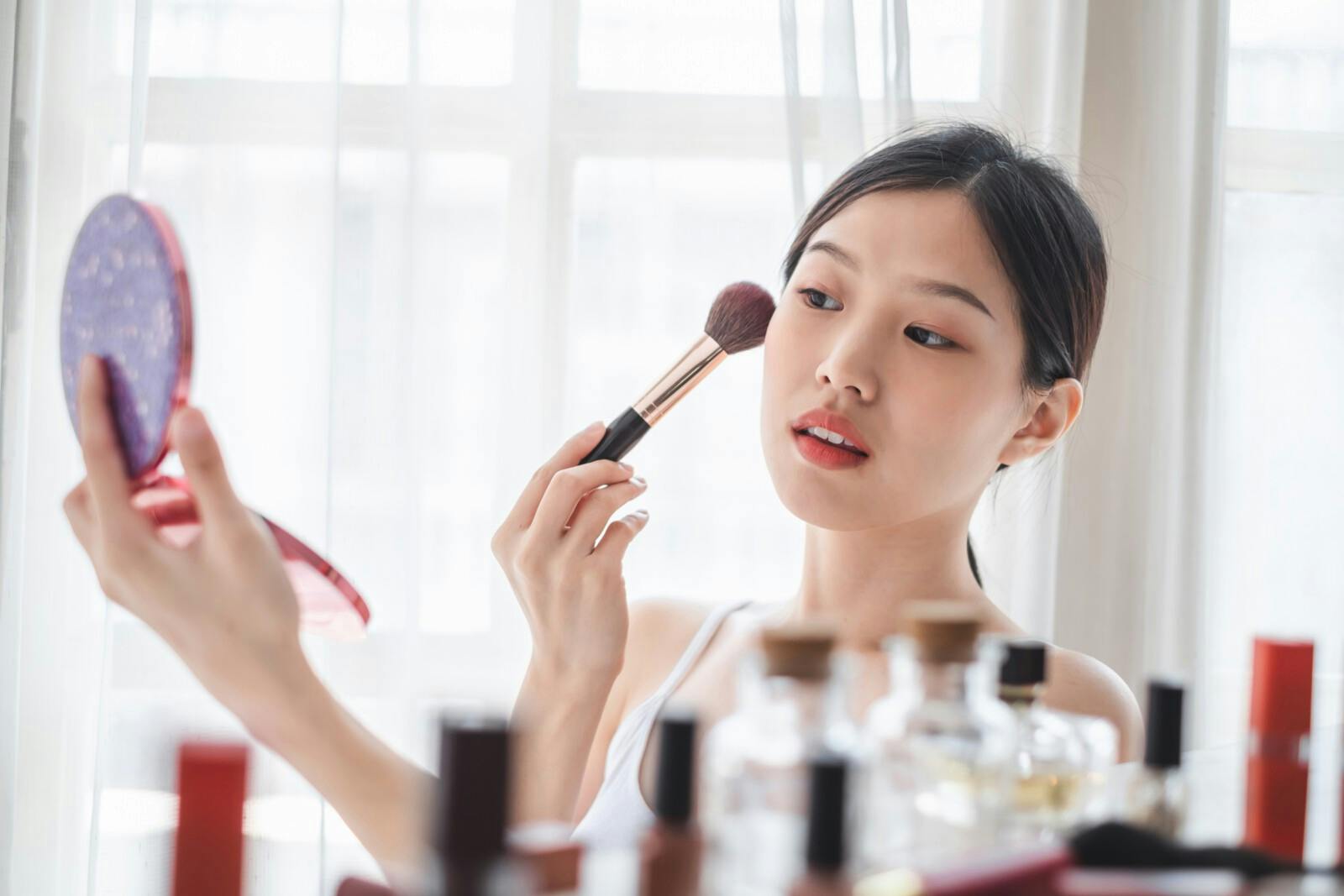
Clean Beauty brands are leaning hard into performance marketing via influencers. The affiliate model isn't new, but the way it’s being used is evolving. Instead of one-off discount codes, brands like Kosas and Merit are building long-term creator relationships that mirror brand ambassador programs.
These always-on partnerships allow for consistent storytelling, better attribution, and more nuanced creator-brand alignment. And it’s not just about reach. Clean beauty brands are now prioritizing creators who convert; not just those who go viral.
What This Means for Brands:
- Build longer-term affiliate programs with 10–20 core creators using an influencer database
- Prioritize KOLs and mid-tier influencers with high engagement and authentic voice
- Repurpose creator content across platforms using influencer tracking tools to measure which assets drive ROI
Scale Your Campaigns
Build affiliate and micro-influencer strategies that convert, just like today’s top clean beauty brands.
Request a demoSupplements Are Becoming Personal—and So Is the Marketing
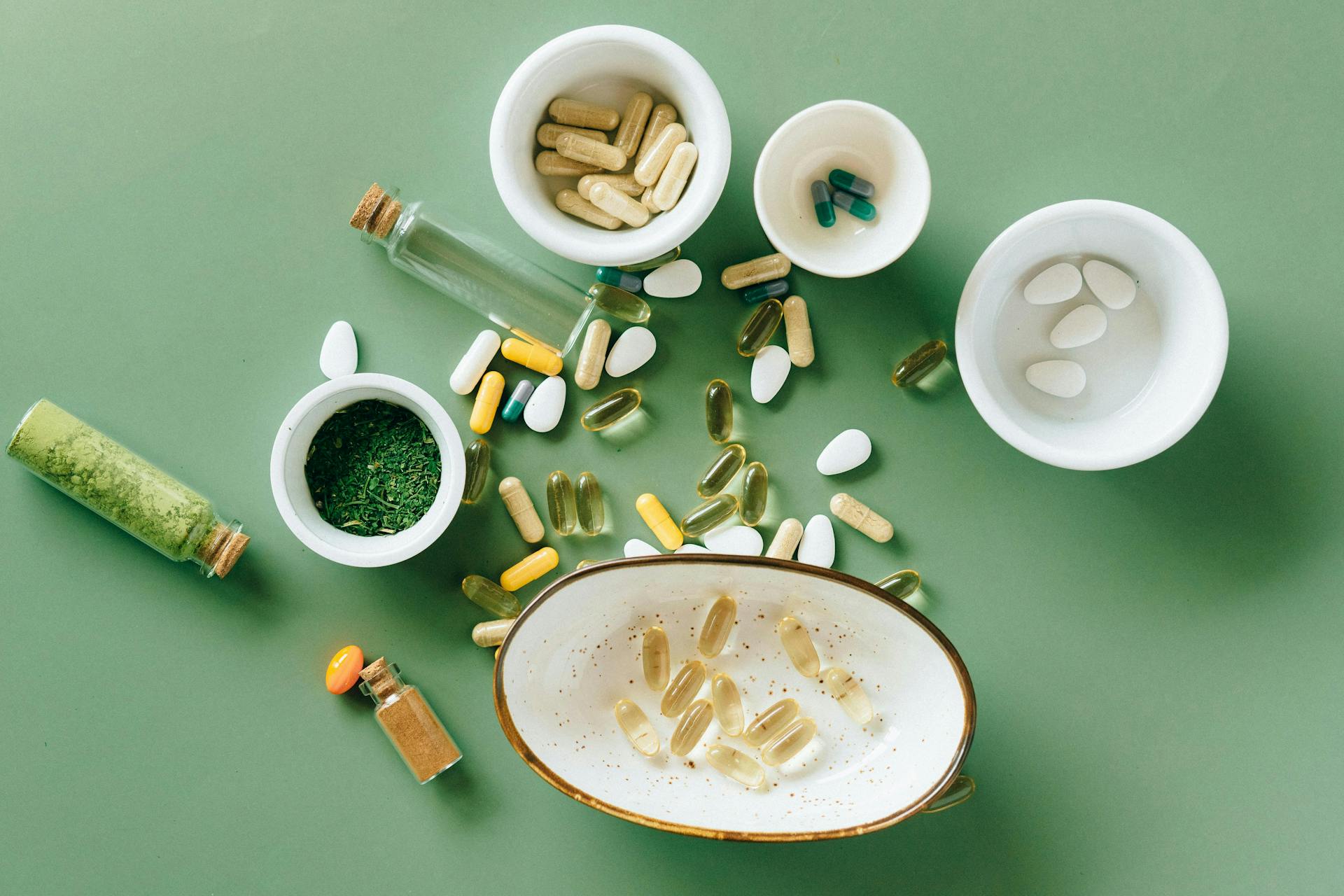
In 2025, supplement brands aren’t just selling products. They’re selling solutions to highly specific health concerns—and influencer marketing is adapting accordingly. Fitness creators are still impactful, but wellness influencers who speak to anxiety, digestion, and hormonal balance are rising fast.
Creators who share their routines and health journeys bring credibility to these sensitive topics. Brands like 1st Phorm grew by leaning into macro creators, but the next wave of growth will come from smaller creators with authentic, lived experiences around the benefits they promote.
What This Means for Brands:
- Segment influencer programs by wellness niche (e.g., sleep, gut health)
- Partner with creators who already talk about lifestyle + health in one narrative
- Support content with educational resources or creator-specific landing pages
- Use an influencer discovery platform to cast for lifestyle-aligned creators
- Track influencer-led campaigns using creator analytics and performance benchmarks
Find Supplement Influencers
See which creators are converting for wellness and fitness brands.
Request a demoStrategic Takeaways for Q2 2025
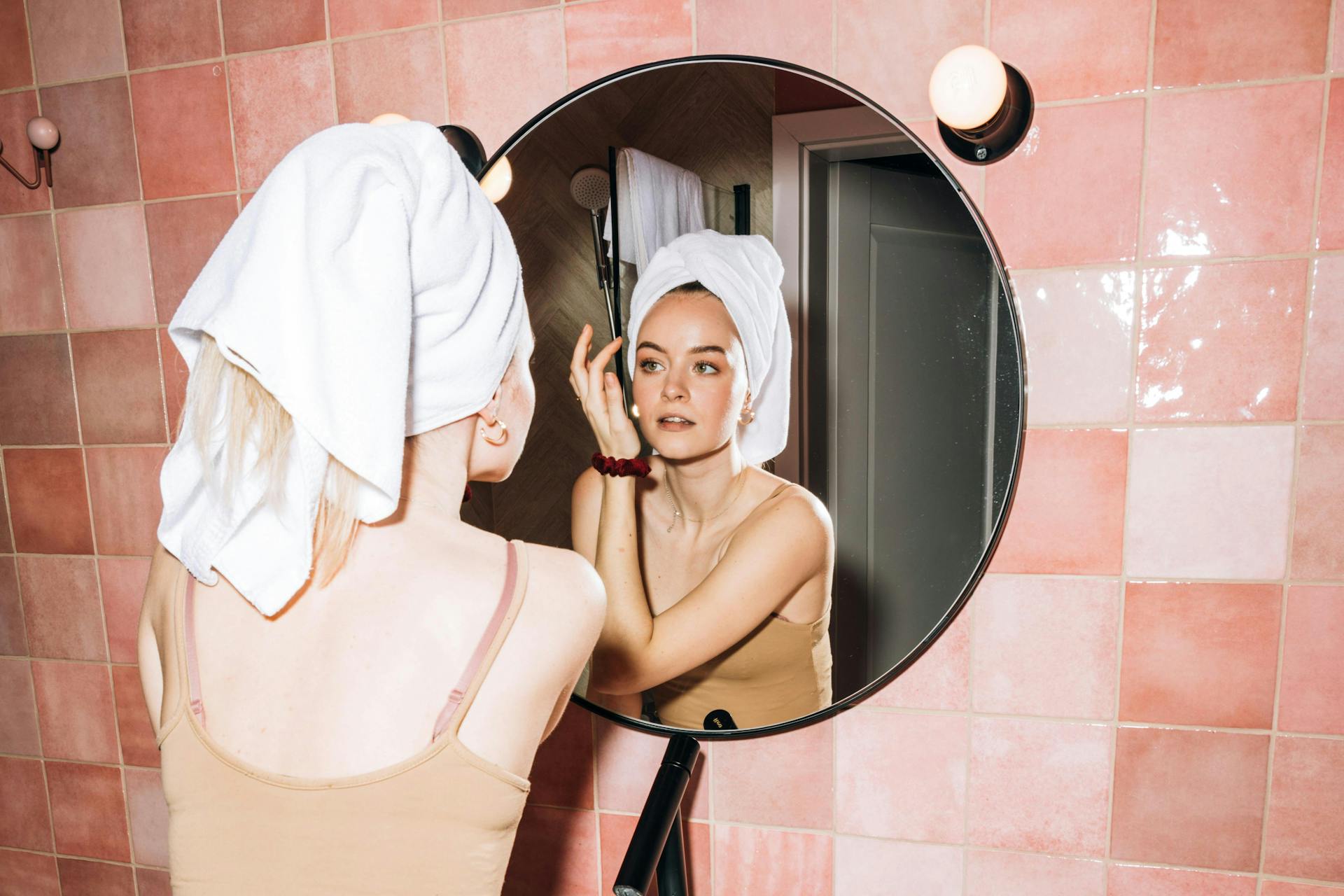
Looking ahead, here are the top 5 recommendations for beauty and wellness brands planning Q2 influencer campaigns:
- Start Small, Scale Smart – Focus on 5–10 creators with high alignment before expanding
- Create a Hero Moment – Build campaigns around one hero SKU or seasonal need
- Bridge Platforms Intentionally – Use TikTok for reach and community discovery; Instagram for deeper education and conversion
- Measure More Than EMV – Use an influencer marketing solution to track conversions, affiliate code use, and retention
- Test Non-Beauty Creators – Especially in wellness, creators in food, sleep, and lifestyle categories offer fresh reach
Want the Full Data Breakdown?
This blog complements our full Q1 2025 industry benchmark. For EMV rankings, influencer performance tables, and platform-specific growth figures. To see more, head over to the full report.
FAQs About Influencer Marketing in Beauty & Wellness
Answers to the most common questions brands have when planning, measuring, and scaling influencer campaigns in the beauty and wellness space.
What is Earned Media Value (EMV) and why does it matter?
EMV estimates the cost of generating the same level of reach through paid media. It helps brands benchmark influencer performance and campaign ROI across TikTok and Instagram.Which platform is better for beauty influencer campaigns—Instagram or TikTok?
TikTok is ideal for discovery and viral reach, while Instagram is better suited for in-depth storytelling, tutorials, and conversion. The best campaigns often use both strategically.What defines a “fastest-growing” brand in this report?
Fastest-growing brands are ranked by net EMV growth and growth rate compared to Q1 2024. These brands saw the sharpest increases in visibility and influencer activity year-over-year.How are influencers selected for the rankings?
Influencers must have over 10K followers and tag a brand using a hashtag or mention. We exclude brand-owned and media accounts to focus on creator impact.Why are mid-tier influencers so important in 2025?
Mid-tier creators (100K–300K followers) often have stronger engagement rates and more trusted communities, offering higher ROI compared to mega influencers in many cases.How can I apply these insights to my own brand?
Use this data to adjust casting strategies, test platform mix, prioritize affiliate partnerships, and benchmark your brand’s EMV against category leaders.
